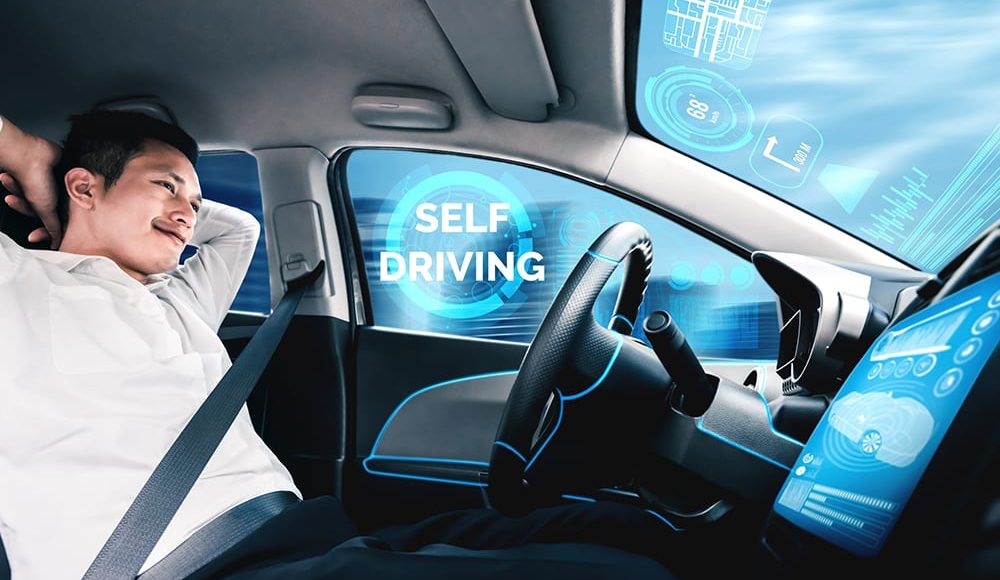The world of transportation is undergoing a revolutionary transformation with the rise of autonomous vehicles. These self-driving cars hold the potential to revolutionize the way we travel, making our roads safer, reducing traffic congestion, and offering increased mobility options.
However, behind the scenes, there is a complex and rigorous process of training these autonomous vehicles to ensure they can navigate the roads efficiently and safely. This article will delve into autonomous vehicle training, exploring the various components and technologies involved.
Understanding Autonomous Vehicles:
Before delving into the training process, it is essential to grasp the fundamentals of autonomous vehicles. These vehicles rely on an intricate network of sensors, cameras, radar, and LiDAR (Light Detection and Ranging) technology to perceive the environment around them. Advanced artificial intelligence algorithms process this data to make real-time decisions and control the vehicle’s movements.
Data Collection and Annotation:
Training an autonomous vehicle begins with collecting vast amounts of data from real-world driving scenarios. This data includes images, sensor readings, and other vehicle environment inputs. Once collected, this raw data is meticulously annotated by human operators, marking objects, lanes, traffic signs, and other crucial elements. Annotation helps AI algorithms identify and interpret different aspects of the road and make accurate decisions.
Simulation and Virtual Environments:
Virtual environments play a crucial role in autonomous vehicle training to complement real-world data. Simulations allow engineers to create countless scenarios, from challenging weather conditions to complex traffic situations. By exposing the AI algorithms to diverse scenarios, simulations help improve the vehicle’s decision-making capabilities, fine-tuning its responses in a controlled and repeatable environment.
Machine Learning and Deep Neural Networks:
Machine learning and deep neural networks are at the heart of autonomous vehicle training. These technologies enable the vehicles to learn from the collected data and improve their performance. Convolutional Neural Networks (CNNs) are commonly used for image recognition, while Recurrent Neural Networks (RNNs) excel in processing sequential data, such as sensor inputs over time. Reinforcement learning techniques also play a role, allowing the vehicles to learn from trial and error, reinforcing successful behaviours, and minimizing errors.
Iterative Training and Validation:
Training an autonomous vehicle is an iterative process that involves continuous refinement and Validation. Engineers fine-tune the algorithms based on real-world and simulated data, gradually improving the vehicle’s performance and safety. Validation and testing are crucial stages where the vehicles are subjected to extensive scenarios and edge cases to ensure their robustness and reliability.
Real-World Testing:
After extensive training and Validation, autonomous vehicles are put through real-world testing on public roads. This phase is crucial for verifying the trained models’ performance and ability to handle unpredictable situations. Real-world testing provides valuable feedback for further refinements and helps identify areas that require additional training or adjustment.
Collaborative Development and Knowledge Sharing:
The field of autonomous vehicle training benefits from collaborative development and knowledge sharing. Car manufacturers, tech companies, and research institutions often collaborate to pool their resources, expertise, and data. Sharing knowledge and experiences helps accelerate progress, fosters innovation, and ensures the development of safe and reliable autonomous vehicles.
Conclusion:
Training autonomous vehicles is a complex and multifaceted process that involves data collection, annotation, simulation, machine learning, and extensive Validation. It requires a combination of real-world testing and virtual environments to prepare these vehicles for the challenges of our roads. As technology advances and more data becomes available, autonomous vehicles will continue to improve, ultimately transforming our transportation systems and enhancing safety and efficiency for all road users.



